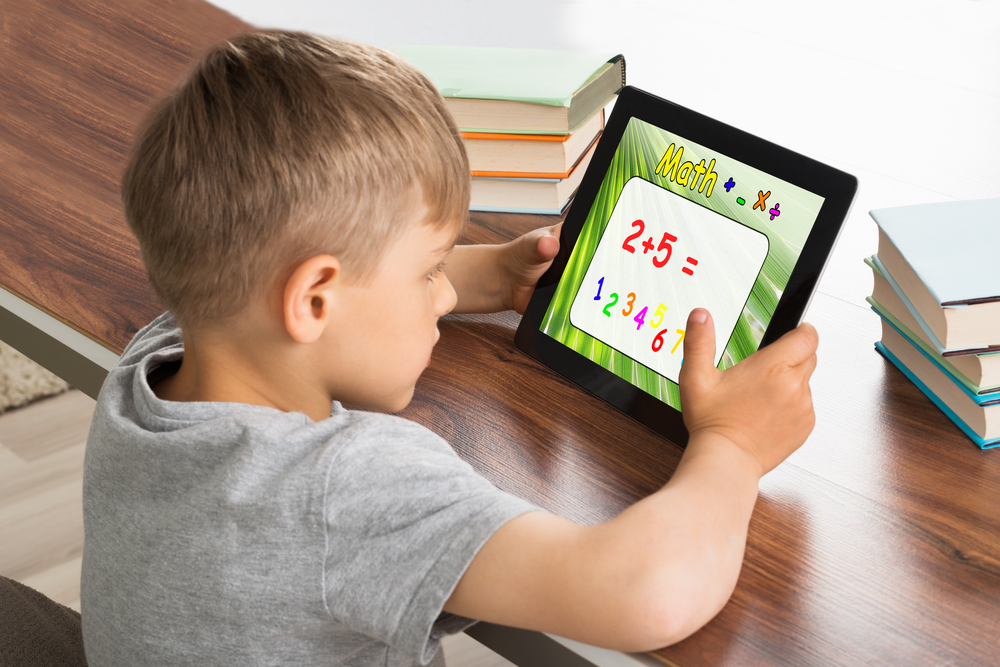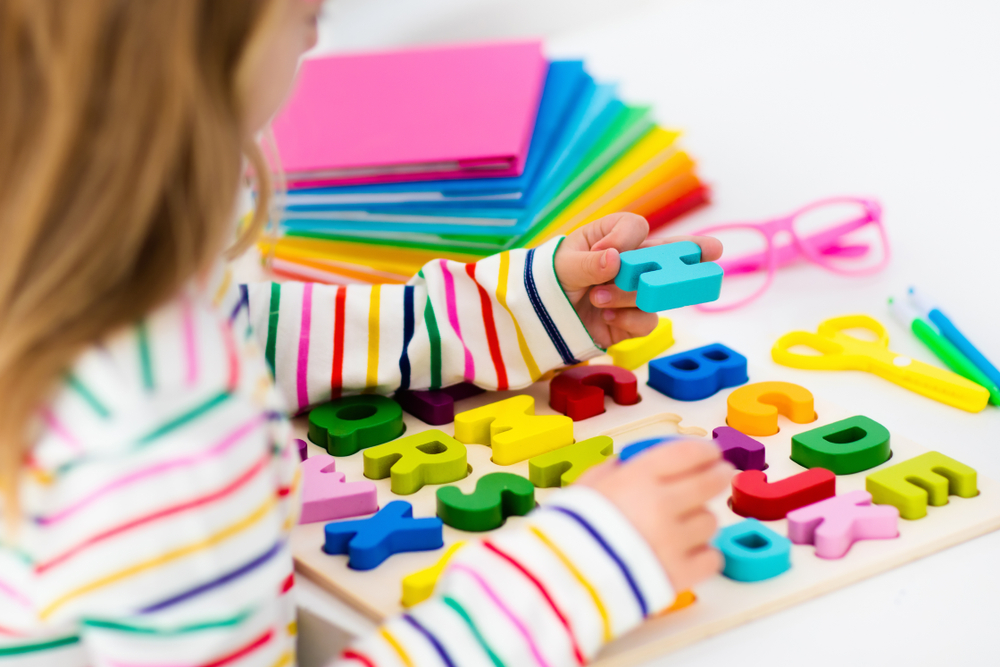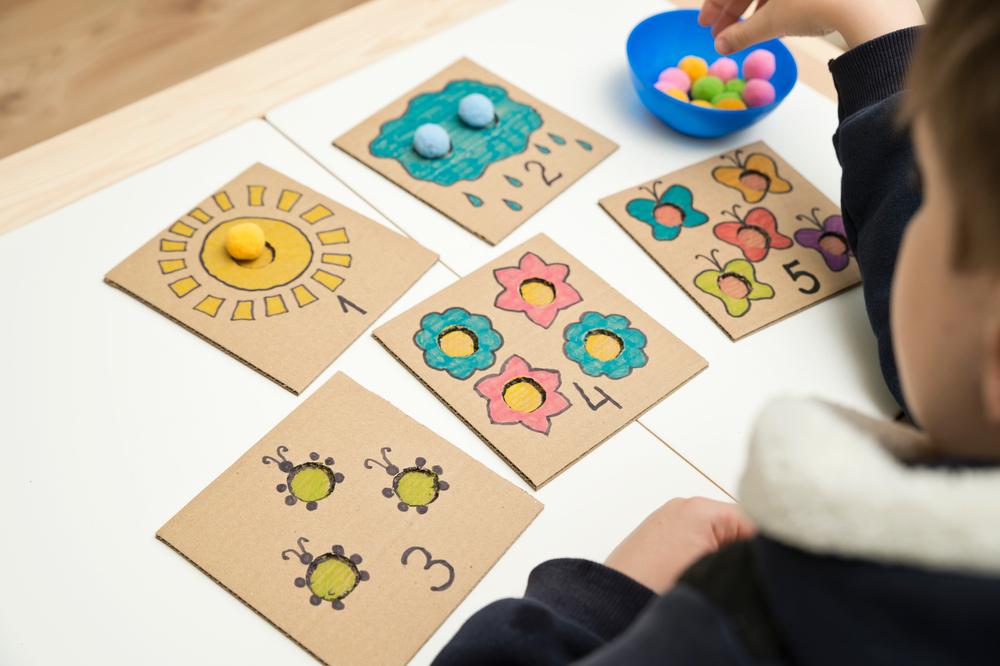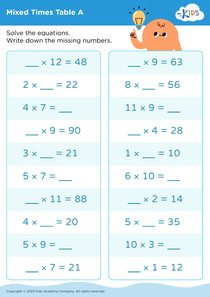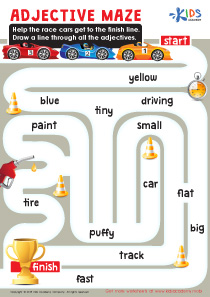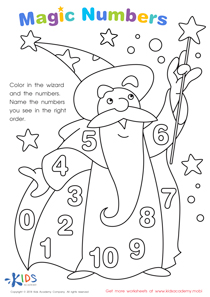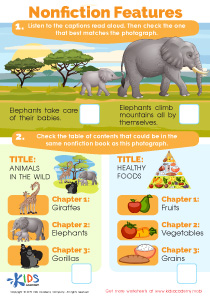Understanding bar graphs Extra Challenge Worksheets for Ages 4-8
4 filtered results
-
From - To
Our "Understanding Bar Graphs Extra Challenge Worksheets for Ages 4-8" are designed to enhance your child's graph reading skills through engaging activities. Tailored for young learners, these worksheets offer fun and interactive exercises that simplify the concepts of bar graphs. Kids will enjoy colorful visuals and structured practice that expand their comprehension and analytical abilities. Perfect for reinforcing classroom learning or homeschooling, our worksheets not only boost mathematical confidence but also make learning exciting. Set the foundation for your child’s future success in data representation by exploring our user-friendly and captivating bar graph challenges today!
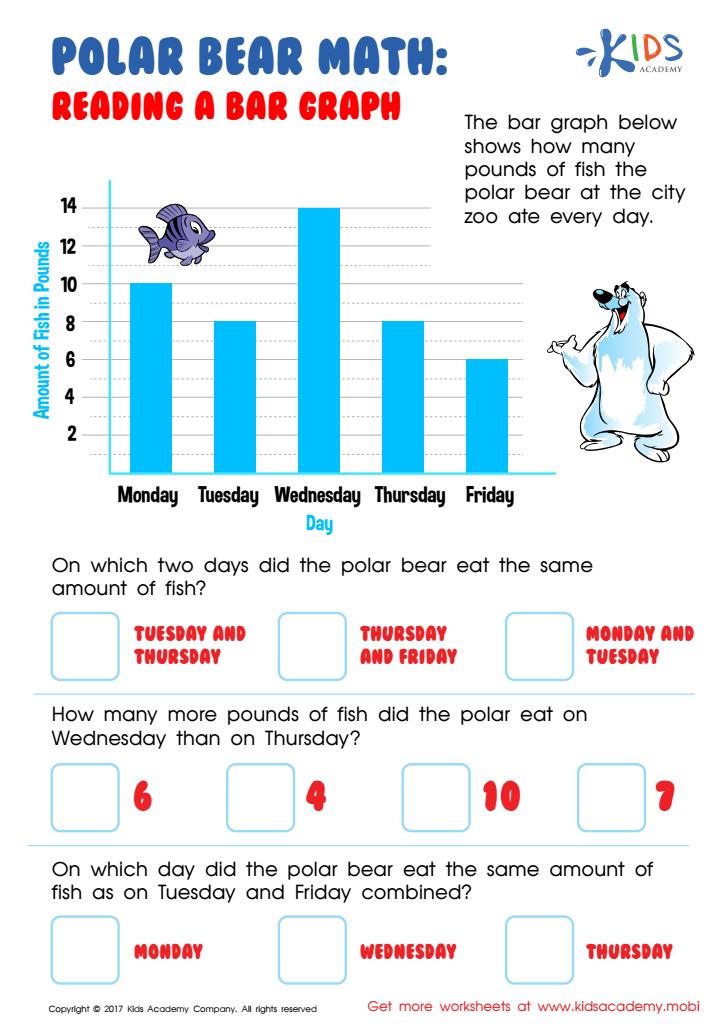

Reading Bar Graph Worksheet
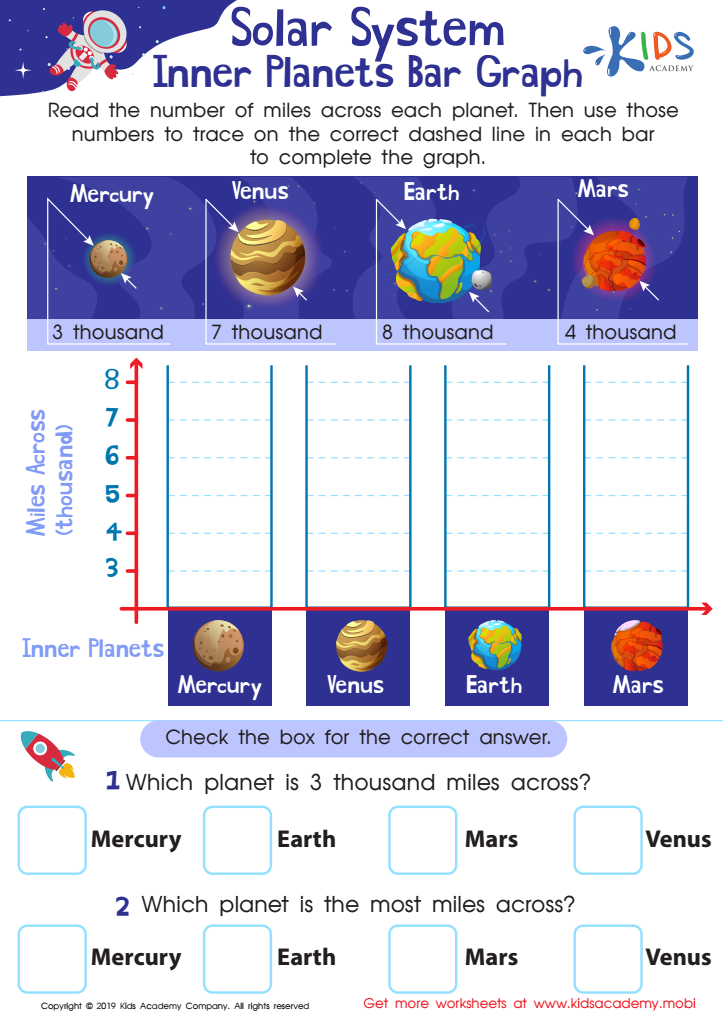

Planets Bar Graph Worksheet
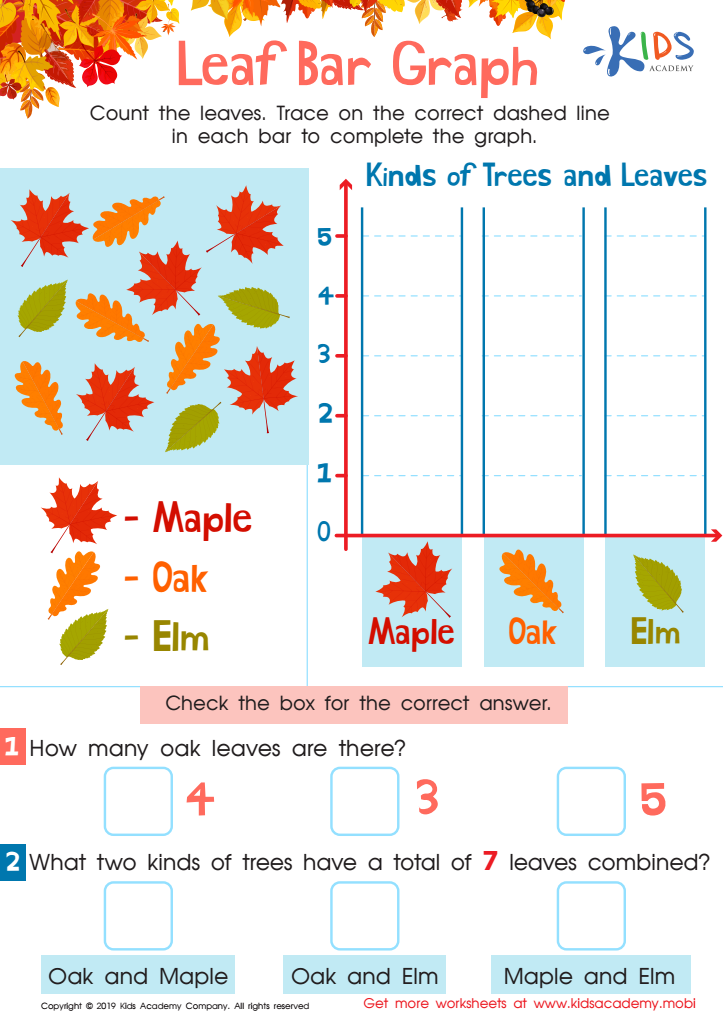

Leaf Bar Graph Worksheet
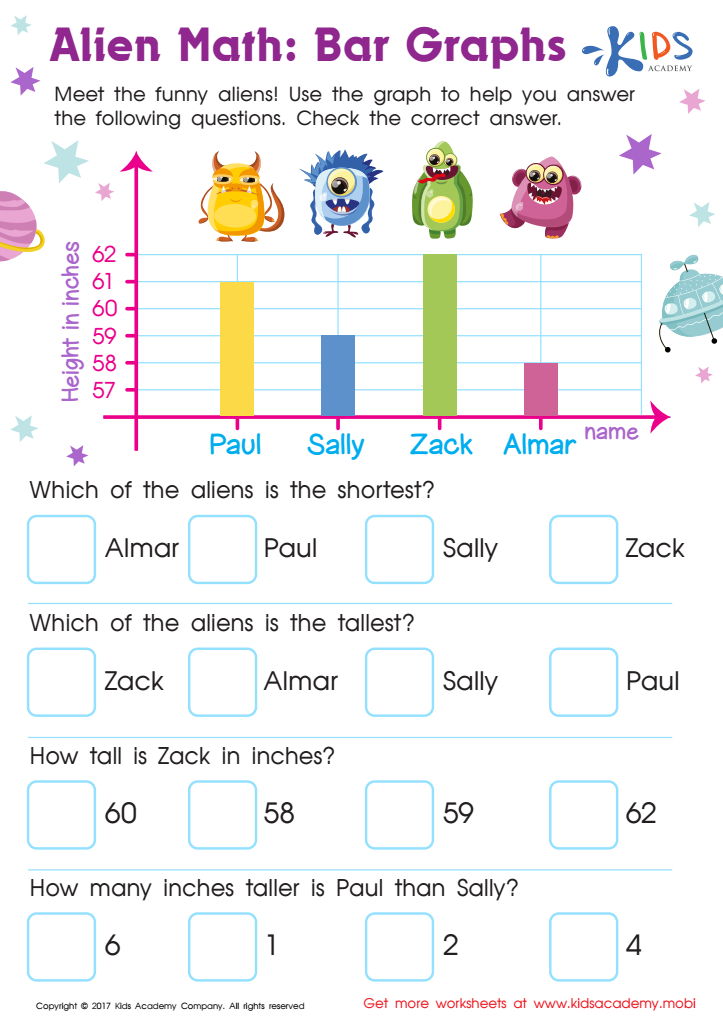

Bar Graphs Worksheet
Understanding bar graphs is a crucial skill for children aged 4-8 as it lays the groundwork for future mathematical and analytical abilities. Bar graphs help young learners grasp basic concepts of counting, comparing, and organizing data, which are fundamental numeracy skills. Engaging with bar graphs enables children to visualize differences in quantities and better comprehend abstract concepts like "more," "less," or "equal."
For parents and teachers, incorporating bar graph activities fosters early enthusiasm for math, turning learning into a fun and interactive experience. This early familiarity with data representation encourages children’s problem-solving and critical thinking capabilities. By interpreting bar graphs, children also practice observational skills, make predictions, and develop the ability to draw logical conclusions based on visual evidence.
Early exposure to bar graphs aligns with various educational standards and curriculums that aim to build literacy in reading and interpreting data. Moreover, introducing these concepts at a young age helps bridge gender gaps and mitigates math anxiety by presenting mathematical ideas in a tangible, approachable manner. Ultimately, mastering this skill not only boosts academic confidence but also equips children with essential tools they will continually use as they progress through higher levels of education.

 Assign to My Students
Assign to My Students



